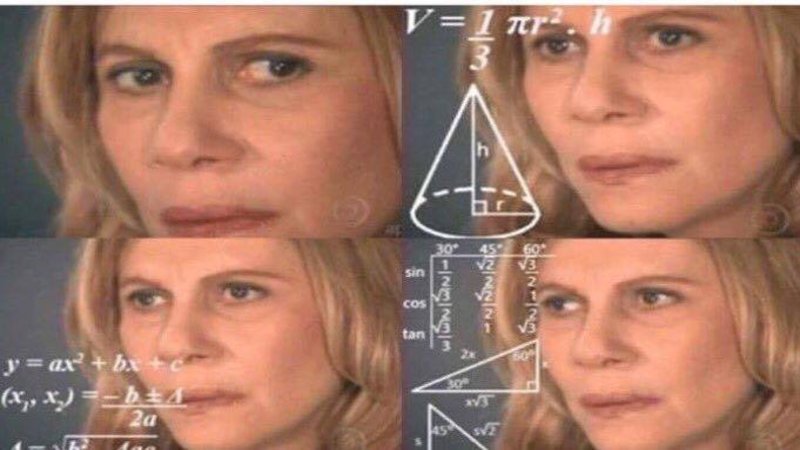
What’s math got to do with data analysis? Unfortunately, for those of us who are chronic humanities people, math has a lot to do with it. This might seem like a daunting barrier, especially if the last time you looked at a math problem was in a high school algebra class. This is also true for learners who are already skilled with the technological aspect of data analysis but are not familiar with the mathematics side of thing. However, there are so many resources available to help self-directed students learn the basics and get up to speed for the purposes of data analytics! Using the resource platforms described in last week’s blog post, these resources will have even chronic humanities people playing with numbers in no time!
LinkedIn Learning
- Learning Everyday Math
- Look, some of us did not absorb or retain the basic math lessons of our early education. That’s okay! This is a no-judgment zone, and this 2 hour course will help users learn how to calculate percentages for tips and taxes, compare prices while shopping, find the area and volume for home-improvement projects, and learn the basics of probability.
- Become a Data Scientist
- This 21 hour Learning Path is made up of 12 courses that focus more on the statistical side of data analysis than the technical steps of the process. This course is more geared toward users with experience in IT and computers, so it is not the best for people who do not have a strong technical background. However, for those who are familiar with computer science and want to pivot into data analytics, this is an ideal curriculum.
O’Reilly Books and Videos (Make sure to follow these instructions for logging in!)
- Essential Math for Data Science
- This eBook mixes basic coding skills with math lessons to cover the essential analytical skills needed for data science work. Relevant aspects of calculus, probability, linear algebra, and statistics and how they apply to techniques like linear regression, logistic regression, and neural networks are covered in plain English. The chapters include exercises with answers for self-assessment as well as career advice for budding data analysts.
- Statistics for Data Science using Python
- Besides books, O’Reilly also has expert curated playlists that consist of chapters of several different books, videos and more. This is a great way of getting the most out of several resources to focus on a single skill. This playlist covers the essential statistic concepts found in 11 different resources. Learn about Normal distribution, hypothesis tests, p-values, central limit theorem and more without having to dig for the resources yourself!
- Data Science 101: Methodology, Python, and Essential Math
- On top of books and playlists, O’Reilly also has video-based courses. This course covers a lot of data analytics basics, but those who want to focus on the math aspect will benefit from Chapters 15-19. These chapters cover linear algebra, mathematical structures, probability, random variables and multiple variables, and statistical inference.
In the Catalog
- Statistics for people who (think they) hate statistics by Neil J Salkind
- At some point, people interested in data analysis have to, unfortunately, learn the math aspect of data handling. Statistics can be complex, but this volume makes it approachable to those of us who cried during high school Stats class.
- Practical statistics for data scientists : 50 essential concepts by Peter Bruce and Andrew Bruce
- This practical guide explains how to apply various statistical methods to data science, tells you how to avoid their misuse, and gives you advice on what’s important and what’s not.
Be sure to come back next week for the thrilling continuation with “*hacker voice* I’m In: Coding and Software for Data Analysis!

